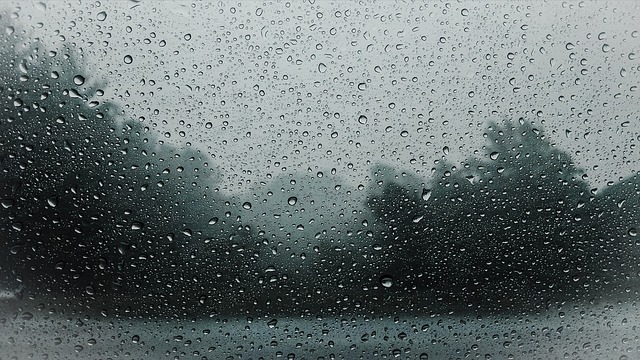|
Get Free Moving Quotes
|
|
How to Prepare Your Home for Humid Conditions |
|
Rating : 0.0/5
184 Views
|
|
|
|
|
|
 Humidity in your home is necessary--during the dry winter months you would use a humidifier to keep it comfortable. But, in the warmer months, too much humidity can cause many problems in your home. Condensation, wet spots, mold, and mildew can build up on the wall,s ceilings, and other surfaces and lead to allergies and health problems. It is important to take steps to keep the humidity under control at all times. Humidity in your home is necessary--during the dry winter months you would use a humidifier to keep it comfortable. But, in the warmer months, too much humidity can cause many problems in your home. Condensation, wet spots, mold, and mildew can build up on the wall,s ceilings, and other surfaces and lead to allergies and health problems. It is important to take steps to keep the humidity under control at all times.
Where does humidity come from?
Humidity is moisture in the air. It can leak in from the outside through poor insulation, especially in the crawl space or drafty windows and doors. It can seep in from the soil surrounding your home. You also create humidity when you shower or wash clothes. Don't wait too long to deal with a humidity problem or it could be too late.
Ventilation
This is one of the easiest ways to control humidity in your home. Simply keeping the doors to the most humid rooms open (like the bathroom and kitchen) will help circulate the air to keep mold from forming. Any time you're running water in a room, crack a window or turn on the exhaust fan. If you don't have an exhaust fan, you may want to install one in your bathroom, kitchen and/or laundry room.
Insulation
If your home isn't properly insulated, it will end up drafty and cold in the winter and hot and humid in the summer. Not to mention all the extra heating and air-conditioning it takes to keep it comfortable, which results in a higher utility bill. Make sure that your attic, crawlspace and basement are insulated. Even if they're unfinished, the outside air will get into your entire home through these channels. Seal around windows and doors to prevent air leakage.
Dehumidifiers
Dehumidifiers are specifically designed to remove the moisture from the air. If your home has a humidifier installed, you should turn it off when using a dehumidifier so they don't cancel each other out. There are three types of dehumidifiers you can choose from.
- Desiccant dehumidifiers use desiccants which naturally absorb moisture. Think of the little silica gel packets included in electronics. This is the best option for lower temperature and moderate humidity. Because no water is produced, it can withstand freezing temperatures.
- Mechanical/Refrigerant dehumidifiers work like a refrigerator or air conditioner. They run the humid air over cold metal coils to condense and remove the moisture from the air. The water then drips into a container that needs to be emptied as it fills up. This type of dehumidifier is best for moderate to high humidity and moderate to warm conditions. It will not work well with colder air as the water can freeze and clog the coils.
- Peltier dehumidifiers are best for small spaces like bedrooms, bathrooms and closets. They use a heat pump and electric current to transfer hot air to a cold side of the device to remove moisture, making them the quietest and most efficient dehumidifier.
Before you invest in a dehumidifier, measure the area and keep in mind the method in which you would like to remove the water. Dehumidifiers have different capacities for every 24 hours, so make sure to choose the right one for your room.
Vapor barriers
Typically vapor barriers are a thin layer of polyethylene sheeting that help to keep moisture out of your home. Installing a vapor barrier in
your basement or crawl space will slow or completely block water vapor from entering the rest of your house. During construction, a vapor barrier is usually attached to the framing under the rock and exterior. The effectiveness depends on the thickness and it is important to make sure there are no holes in the plastic to let air pass through. If there are holes for wires to pass through, they need to be sealed up.
Waterproofing
The amount of moisture coming into your home through your basement, or anywhere that is below grade can significantly alter the amount of humidity in your home. It is essential to waterproof these areas so that water doesn't seep in and cause mold and mildew. For extreme moisture build-up, it might be necessary to dig trenches around the basement wall and cover them with waterproofing material. But if the moisture buildup is minor, waterproofing paint is an easy way to keep the walls dry, and it will seal away existing odour from the basement walls. |
|
 |
Author : Amy Meerovich
on June 27, 2016
TopMoving.ca - Moving Expert
|
| |